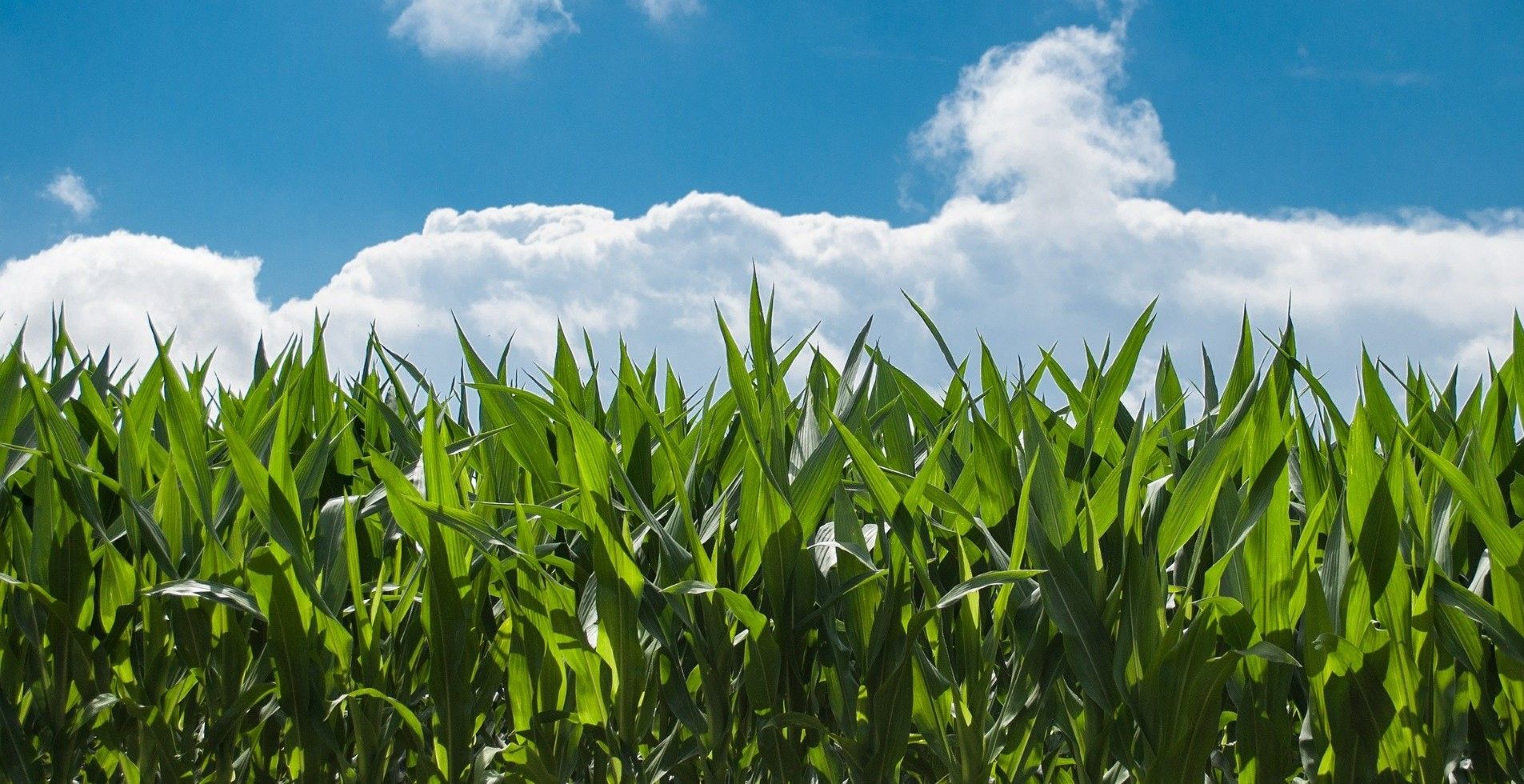The fact that zinc plays a key role in crop health is well known. Testing has already shown the impact of zinc (Zn) in boosting germination, seedling emergence, crop establishment, individual plant growth, and most importantly, productivity.
In the lab, zinc can be seen to aid the synthesis of protein and hormones, cell elongation, and stress resistance.
Knowing this, testing soil for the presence of naturally occurring zinc is necessary for many farmers. Where zinc sources are low, the application of bulk fertilizer containing zinc is a worthwhile tool to improve crop yields and aid farm profitability.
However, the efficiency of bulk fertilizers is increasingly being questioned, with high levels of wasted raw material from run off and vaporization putting a high cost on the environment and an unwelcome cost on the farm’s bottom line.

Understanding the benefits of zinc while acknowledging the shortcomings of conventional fertilizer led a team of nanofertilizer specialists to analyse the effect of zinc nanoparticles when applied as a primer to corn seeds.
Specifically, the researchers experimented with seeds that had been, “… immersed in different solutions/suspensions containing a total volume of 200 mL with different Zn concentrations [in nanoparticle form] for 8 hours,” before drying.
Alongside a control sample of seeds, the team also compared the effect of zinc nanoparticle seed priming with the use of a zinc ionic solution, made from dissolved zinc chloride (ZnCl2), and a bulk form of zinc containing non-nanometric particles with sizes in excess of 300 nm.
The results of the experiments have now been published in the industry journal Agronomy, as ‘Initial Development of Corn Seedlings after Seed Priming with Nanoscale Synthetic Zinc Oxide’.
Here the results state, “… that corn seed priming with an aqueous suspension of ZnO NP [zinc oxide nanoparticles] for concentrations around 70 and 100 mg L−1, promoted significant gains in germination, vigor [plant and foliage growth], root length and total fresh and dry biomass production, as well as decrease in abnormal seedlings when compared to the same concentration of soluble and bulk source tested, and also to the control…”
While the study was unable to establish precisely why during the tests nanofertilizer was more effective than conventional fertilizer, they do theorise that, “The higher plant growth with NPs might be due to the mobilization of nutrients as well as increase in microbial activity in the rhizosphere.”

The maximum nanoparticle size for a zinc oxide nanofertilizer has yet to be established, but it is crucial that particle size remains small enough for the zinc oxide to be able to move across plasma membranes and pass through cell walls.
Research is still ongoing to try and understand how nanofertilizers are absorbed and the role that the soil, temperature, and conditions, as well as the type of root plays.
Earlier work has already found that when applied correctly, zinc oxide nanofertilizer is present at the root surface, as well as inside and around the root cells. Other studies have also established that nanofertilizers can also be absorbed through leaves and stems.
Ultimately, whatever the reason that zinc oxide nanoparticles work it is simply good to know that nanofertilizer seed priming boosts crop health. It is another tool in a farmer’s toolbox and a practical alternative to cumbersome, bulk fertilizers.
Like parenting, much of successful farming is about giving your little ones the best start in life. This study, alongside others, shows farmers and fertilizer producers how to provide that help. As the researchers conclude, “The [study’s] results clearly indicate that ZnO NPs are effective in enhancing seedling growth and development.”
Photo credit: Kaboompics.com from Pexels, Pixabay, & Pixabay
